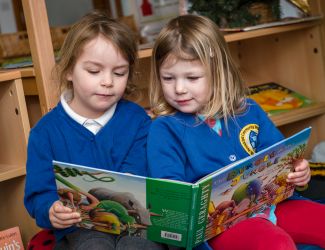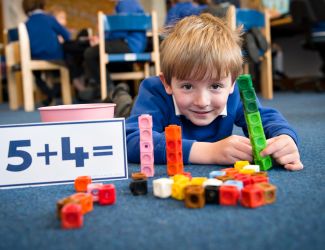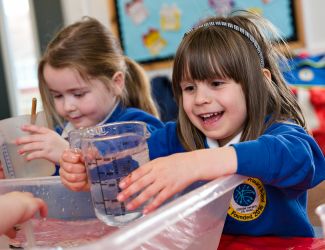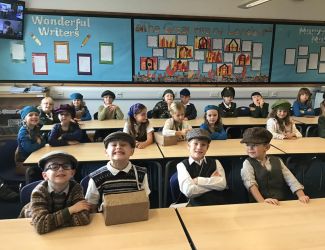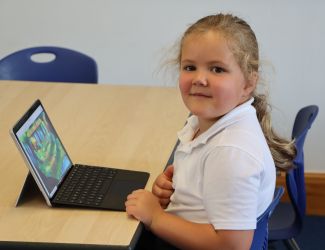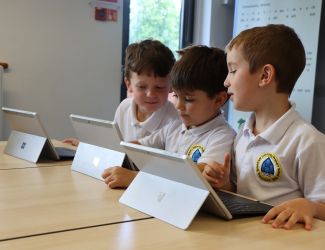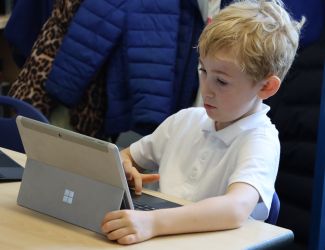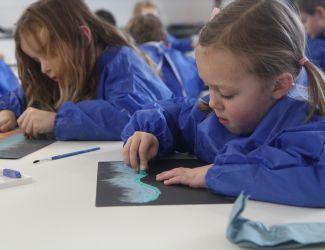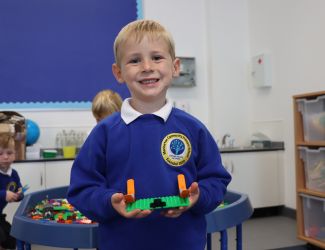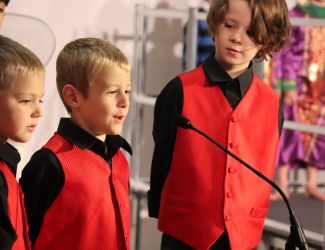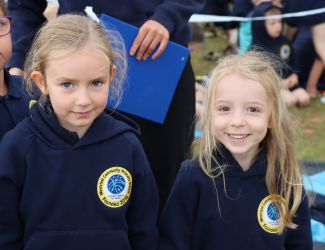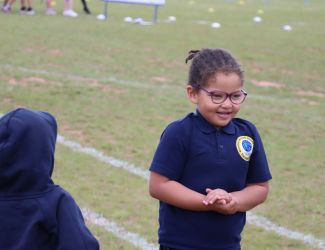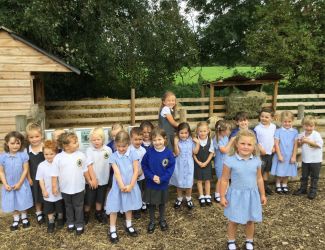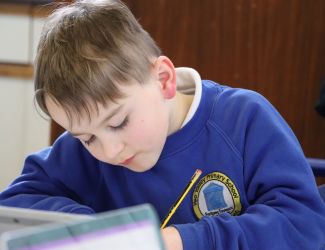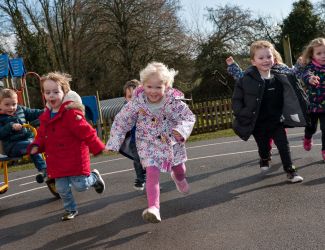Year 2 Computing Curriculum
Computing in year two is organised into three distinct but overlapping areas of knowledge and understanding: Digital Literacy, Information technology and Computer Science. Children will be taught…
Computer Science
- To understand instructions in sequences and the use of logical reasoning to predict outcomes.
- To use given commands in different orders to investigate how the order affects the outcome.
- To learn about design in programming and develop artwork and test it for use in a program.
- To design algorithms and then test those algorithms as programs and debug them.
- To explore the links between events and actions
- To learn to move a sprite in four directions (up, down, left, and right).
- To explore movement within the context of a maze, using design to choose an appropriately sized sprite.
- To identify programming extensions, through the use of Pen blocks.
- To draw lines with sprites and change the size and colour of lines.
- To design and code their own maze-tracing program.
Information Technology
- To understand what the term data means and how data can be collected in the form of a tally chart.
- To use the term ‘attribute’ and use this to help them organise data.
- To present data in the form of pictograms and finally block diagrams.
- To use the data presented to answer questions.
- To use a computer to create music.
- To listen to a variety of pieces of music and consider how music can make you think and feel.
- To compare creating music digitally and non-digitally.
- To identify patterns and purposefully create music.
- To recognise that different devices can be used to capture photographs
- To gain experience capturing, editing, and improving photos.
- To recognise that images they see may not be real.
Digital Literacy
- To look at information technology at school and beyond, in settings such as shops, hospitals, and libraries.
- To investigate how information technology improves our world, and they will learn about using information technology responsibly.
- To use technology safely and respectfully, keeping personal information private; identify where to go for help and support when they have concerns about content or contact on the internet or other online technologies.

